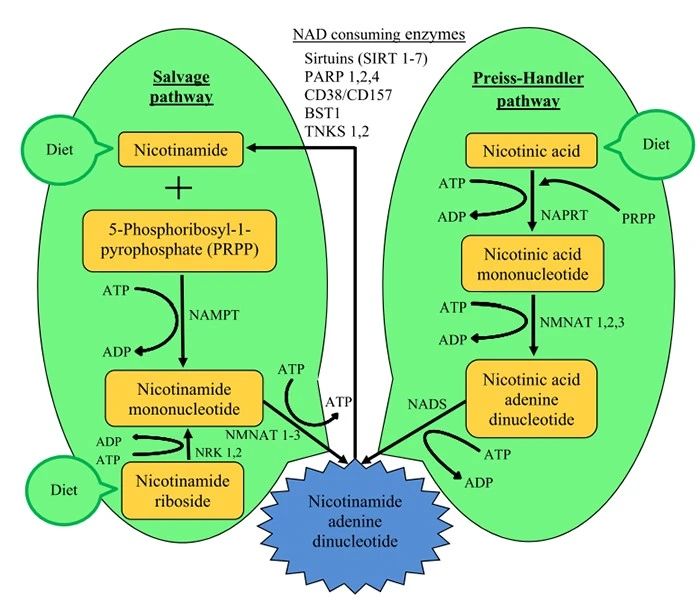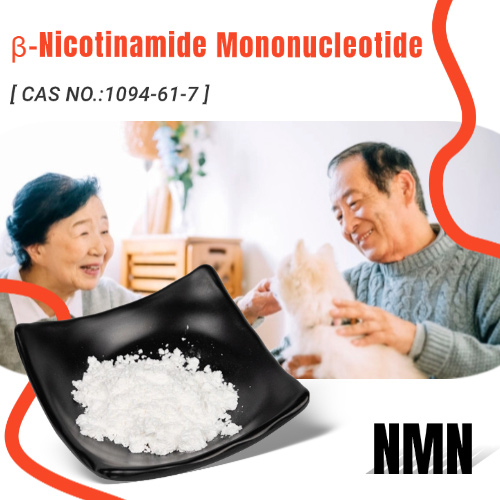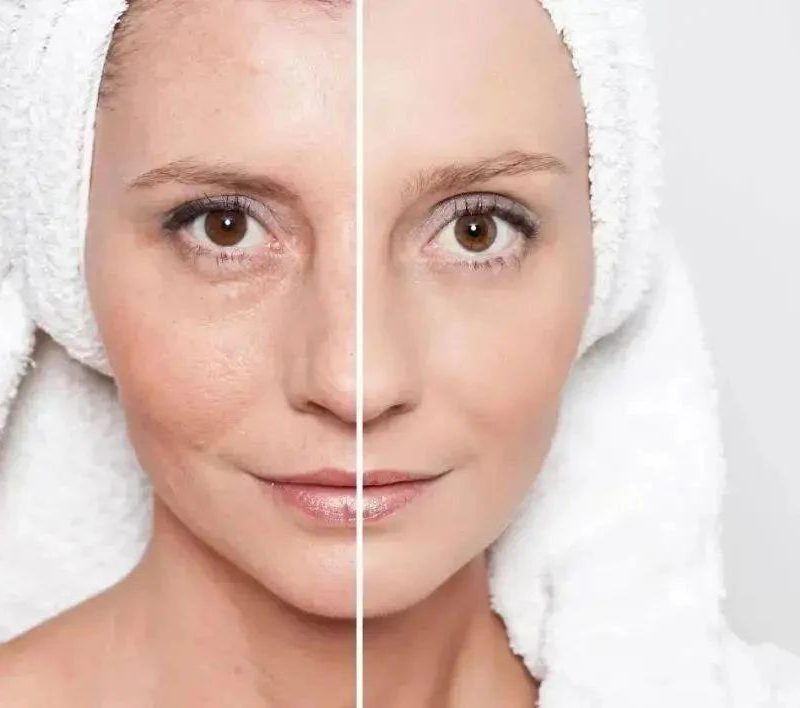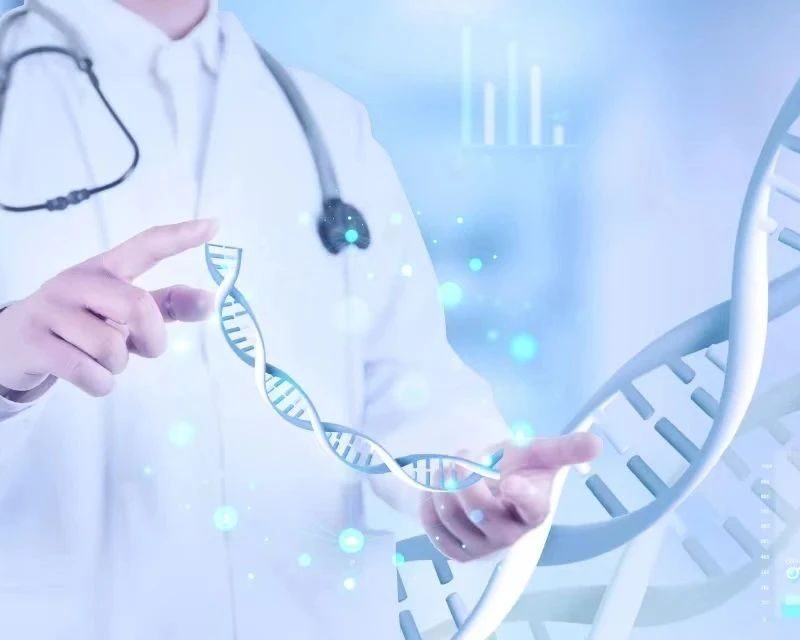China CDC News published a paper on “Scientific Understanding of NMN and Anti-Aging”
1. Scientific understanding of niacinamide mononucleotide and anti-aging
At present, the global aging situation is grim and growing rapidly.
China’s seventh national census shows 190 million people aged 65 and above, accounting for 13.5 percent of the total population. Aging population will be a basic condition of our country’s future development.
Aging will have a huge impact on all aspects of society. Actively coping with population aging and realizing healthy aging has become an important national strategy for all countries in the world.
In recent years, human beings have made great progress in exploring the basic mechanism behind aging and intervening in aging.

2. NAD+ and aging
The human body carries out a series of energy synthesis and metabolism at all times to ensure the balance and health of life activities.
nicotinamide adenine dinucleotide (NAD+), as a coenzyme in the REDOX process, is an important molecule responsible for energy metabolism.
NAD+ directly or indirectly regulates many important cellular functions, including intra-mitochondrial energy synthesis, DNA damage repair, chromatin remodeling, cell aging, and immune cell function.
The basic physiological processes and functions of these cells are essential for the maintenance of tissue, metabolic homeostasis and healthy aging.
Aging is a natural process. As people age, NAD+ levels gradually deplete, leading to downregulation of mitochondrial energy synthesis in various organs, including the brain, adipose tissue, skin, liver, skeletal muscle, and pancreas.
Reduced NAD+ levels are causally associated with age-related diseases such as cognitive decline, cancer, metabolic disease, sarcopenia, and frailty.
Increasing NAD+ levels by targeting the NAD+ metabolic pathway may be a potential means to ameliorate age-related diseases and extend human lifespan and healthy lifespan.

3. NMN participates in NAD+ synthesis
There are three NAD+ synthesis pathways in mammalian cells, namely, tryptophan de novo synthesis pathway, salvage pathway and Preiss-Handler pathway, among which the salvage pathway is the most effective main synthesis pathway.
nicotinamide mononucleotide (NMN) is an intermediate of the second pathway and is involved in the latter two synthetic pathways.

4. NMN and anti-aging
There is an increasing demand for anti-aging health care products that can prolong life and delay the occurrence of age-related diseases.
In recent years, NMN has attracted great attention from the scientific community and consumers.
In theory, NMN, as a precursor to the synthesis of NAD+, slows down the process of NAD+ depletion with age by increasing the level of NAD+ in the body, so it can be used as an anti-aging health product.
Mitochondrial decay causes aging, and increased levels of NAD+ in the body can reverse mitochondrial decay.
The scientific community has conducted extensive research on the anti-aging activity of NMN through cell experiments, animal models and clinical trials.

There is evidence that NMN can produce beneficial effects in rodent models and at the human level, such as protecting endothelial cells and improving blood supply;
Improve metabolic dysfunction;
And protect the nervous system.
In a 2021 randomized, double-blind clinical trial of 25 postmenopausal overweight or obese prediabetic women treated with oral NMN (250 mg/ day) for 10 weeks, NMN enhanced muscle sensitivity to insulin in the treated group compared to the placebo group.
In a similar study conducted in 2023, 36 healthy adults (40-59 years old, 38.9% men) were treated with oral NMN (250 mg/d) for 12 weeks, and the serum level of niacinamide (NAD+ metabolite) in the treatment group was significantly higher than that in the placebo group, and the artery stiffness index tended to decrease, but there was no statistical difference.
It is also worth noting that it has been suggested that NMN accumulation can cause axon degeneration, which is an early symptom of many neurodegenerative diseases.
The safety study evidence of NMN still needs to be supplemented.

5. Food sources of NMN
NMN occurs naturally in some vegetables (0.25-1.88 mg/100 g) and fruits (0.26-1.60 mg/100 g), including edamame, cabbage, cucumbers, broccoli, tomatoes, mushrooms, and avocados.
Raw beef and shrimp also contain small amounts of NMN (0.06-0.42 mg/100 g).
In vivo, NMN is mainly located in red blood cells, and NMN to maintain normal physiological function can obtained from daily diet.
Sum up
The demand of consumers has driven the emergence of anti-aging health care products. NMN is a commonly used product with anti-aging effect at present, but if it is taken for a long time, there is still insufficient clinical and toxicological evidence on the safety of its dose. The effective effect and potential side effects of NMN should understood from a scientific perspective.
It should emphasized that, in addition to supplementing NMN, choosing NMN-rich foods, limiting energy intake and exercising can also increase the level of NAD+ in the body, while a high-fat diet will reduce NAD+.
Developing a good lifestyle and diet is the most cost-effective way to combat aging.
References:
- 1. Covarrubias, A.J., et al., NAD(+) metabolism and its roles in cellular processes during ageing. Nat Rev Mol Cell Biol, 2021. 22(2): 119-141.
- 2. Nadeeshani, H., et al., Nicotinamide mononucleotide (NMN) as an anti-aging health product – Promises and safety concerns. J Adv Res, 2022. 37: 267-278.
- 3. Katayoshi, T., et al., Nicotinamide adenine dinucleotide metabolism and arterial stiffness after long-term nicotinamide mononucleotide supplementation: a randomized, double-blind, placebo-controlled trial. Sci Rep, 2023. 13(1): 2786.
- 4. Loreto, A., et al., NMN: The NAD precursor at the intersection between axon degeneration and anti-ageing therapies. Neurosci Res, 2023.
- 5. Cantó, C., et al., Interdependence of AMPK and SIRT1 for metabolic adaptation to fasting and exercise in skeletal muscle. Cell Metab, 2010. 11(3):213–219.
- 6. Verdin, E., NAD+ in aging, metabolism, and neurodegeneration. Science, 2015. 350(6265):1208–1213.
- 7.https://mp.weixin.qq.com/s/q6YbYKneE2TGKabjbPWL3w




